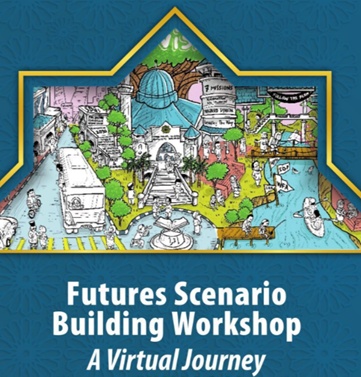Towards ASEAN 2045, the MADANI way
Dzulkifli Abdul Razak,
- May 25, 2025
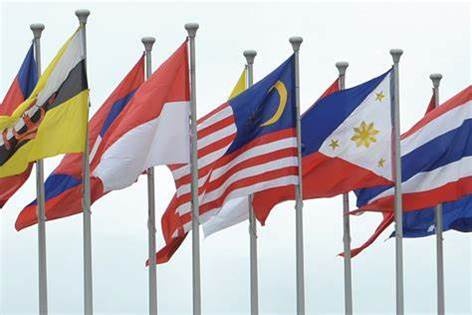
In August 1967, the Association of Southeast Asian Nations (ASEAN) was born, by virtue of a document (known as the ASEAN Declaration) signed by five leaders – the Foreign Ministers of Indonesia, Malaysia, the Philippines, Singapore and Thailand, in Bangkok. The “aims and purposes were about cooperation in the economic, social, cultural, technical, educational and other fields, and in the promotion of regional peace and stability through abiding respect for justice and the rule of law and adherence to the principles of the United Nations Charter." It proclaimed ASEAN as representing “the collective will of the nations of Southeast Asia to bind themselves together (symbolised by rice stalks bound together) in friendship and cooperation and, through joint efforts and sacrifices, secure for their peoples and for posterity the blessings of peace, freedom, and prosperity."
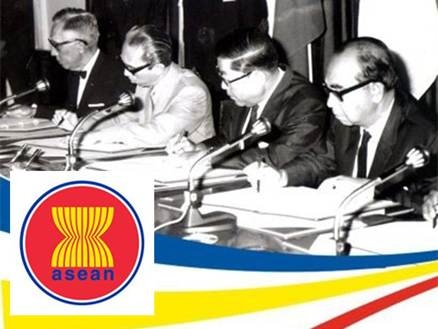
Additionally: “We the nations and peoples of Southeast Asia,” Tun Abdul Razak then said, “must get together and form by ourselves a new perspective and a new framework for our region. It is important that individually and jointly we should create a deep awareness that we cannot survive for long as independent but isolated peoples unless we also think and act together and unless we prove by deeds that we belong to a family of Southeast Asian nations bound together by ties of friendship and goodwill and imbued with our own ideals and aspirations and determined to shape our own destiny”. He added that, “with the establishment of ASEAN, we have taken a firm and bold step on that road”. The metaphorical road is opened to all who believe in the ASEAN Community, the codified ASEAN norms, rules and values which sets clear targets for ASEAN; and presents accountability and compliance. The ASEAN Charter entered into force on December 15, 2008. With the new spirit of “give and take, of equality and partnership,” they want to be master of their own destiny! And incredibly rich in biodiversity.
While it occupies only 3 percent of the Earth’s land, it covers four biodiversity hotspots and contains three of the world’s 17 megadiverse nations (Indonesia, Malaysia, and the Philippines). The region has the highest proportion of endemic bird and mammal species (9% and 11%) and the second highest proportion of endemic vascular plant species (25%) compared to the tropical regions of Meso-America, South America, and sub-Saharan Africa. More species have been discovered over time, while in terms of marine biodiversity, the region hosts the world’s centre for marine biodiversity, otherwise known as the Coral Triangle, and has “the most extensive and diverse coral reefs in the world”, which accounts for more than 28 percent (almost 70,000 km2) of the global total.
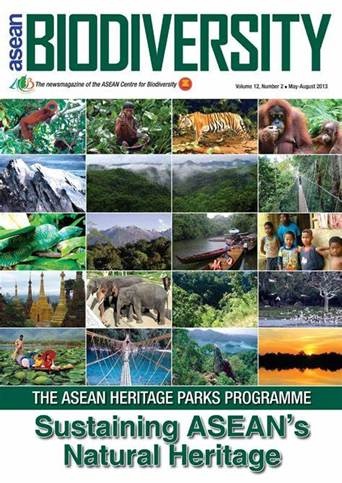
The diversity of beliefs and faiths is no different! Major religions are well represented with Buddhism and Islam being the two most practised in 9 out of 10 ASEAN countries. The former in Thailand, Myanmar, Cambodia, Laos, Vietnam and Singapore. The latter in Indonesia (the world’s largest), Malaysia and Brunei, making up more than 40 percent of the entire ASEAN population. For the Philippines, Christianity dominates, mainly Catholics, in almost equivalent percentage to that of the Buddhist, together making another 40 percent. In addition, there are more than 350 ethnic minorities in the countries of ASEAN, bringing with them the rich and colourful ways of life, civilisational values and traditions of cuisine, dances, as well as dressings that are celebrated across regions.
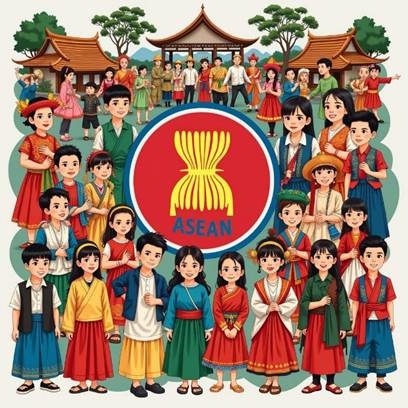
A source of great pride in the context of civilisational pathways to the very aims and purposes as stipulated earlier representing “the collective will” of the region. Indeed, it is no coincidence that the theme of current ASEAN in Kuala Lumpur is “inclusivity and sustainability” as its focus. Reducing this to only the Confucian and Islam, for example, and neglecting - intentionally or otherwise - Buddhism and Christianity, both of which form the other majority, mocks the very focus that Malaysia, as chairperson, is advancing for ASEAN holistically.

Alarming still, it deviates from the aims and purposes of ASEAN itself as clearly spelt out! The risk of doing so is said to be grim, since religious, ethnic and linguistic discrimination and persecution are not new in ASEAN as elsewhere. In fact, most recently, Amnesty International recounted in its 2004 report for Malaysia as "Escalating Repression."
Hence, on the 10th anniversary of the ASEAN Community, it is imperative to ensure that it becomes “a turning point in the development of the bloc, which faces current geopolitical challenges and the need for sustainable growth,” and “further promote regional unity and strengthen mutual dialogue and trust between member states.” The welcoming of Timor-Leste as its 11th member created even greater diversity in the Catholic community, a legacy from Portugal unlike that in the Philippines.
In other words, the more authentic multi-polarity, all-inclusive and diversified it is, the better is the diplomacy for ASEAN towards mercy to the worlds, or rahmatan lil 'aamiin, leaving no one behind, the true ASEAN way. This is best captured by the acronym MADANI '45, viz., Malaysia for ASEAN Diversity, Authentically, All-inclusive, Neutrality, and Integrated towards 2045! All roads, real or imagined, are widely accessible "for the betterment of human life and civilisation" as envisioned in the creation of the International Islamic University Malaysia, and well-embraced institutionally since 1983. Wishing ASEAN a fruitful Summit!
